Description
Familiarity with treatment
Fat injectable fillers, also known as fat grafting or fat transfer, involve the transfer of fat from one area of the body to another to enhance volume and contour. Here is some information about fat injectable fillers:
- Procedure: Fat injectable fillers involve a two-step process. First, fat is harvested from a donor site, typically through liposuction. The harvested fat is then processed and purified before being injected into the desired area(s) of the body.
- Natural filler: Fat injectable fillers use the patient’s own fat, making it a natural filler option. Since it is autologous (from the patient’s own body), there is a reduced risk of allergic reactions or rejection.
- Versatility: Fat injectable fillers can be used to enhance various areas of the body, including the face, breasts, buttocks, hands, and other areas that may benefit from increased volume or contouring.
- Long-lasting results: Fat injectable fillers can provide long-lasting results compared to other types of fillers. While some of the injected fat may be reabsorbed by the body, a significant portion can establish a permanent presence in the treated area.
- Natural-looking results: Fat injectable fillers can provide natural-looking results since the transferred fat integrates with the surrounding tissues. The fat can restore volume, improve contours, and rejuvenate the appearance in a subtle and natural way.
- Potential for multiple treatments: Fat injectable fillers can be repeated if desired. Additional fat grafting sessions can be performed to achieve the desired volume and contouring, especially for larger areas or when a more significant enhancement is desired.
- Combination with other procedures: Fat injectable fillers can be combined with other cosmetic procedures, such as facelifts or breast augmentation, to enhance the overall results and provide a more comprehensive rejuvenation.
- Downtime and recovery: The recovery period for fat injectable fillers can vary depending on the extent of the procedure and the areas treated. Swelling, bruising, and discomfort may occur but typically resolve within a few weeks. It is important to follow post-procedure instructions provided by the healthcare provider.
- Potential risks and considerations: While fat injectable fillers are generally safe, there are potential risks and considerations to be aware of, including infection, asymmetry, overcorrection or undercorrection, and the possibility of fat absorption or loss over time.
- Consultation with a qualified healthcare provider: It is important to consult with a qualified healthcare provider, such as a plastic surgeon, who specializes in fat injectable fillers. They can assess your specific goals, evaluate your candidacy, and provide personalized advice and recommendations.
Who is it suitable for?
Fat injectable fillers, also known as fat grafting or fat transfer, can be suitable for individuals who are looking to enhance volume and contour in specific areas of their body. Here are some factors that make someone a suitable candidate for fat injectable fillers:
- Adequate fat donor sites: To undergo fat injectable fillers, individuals need to have sufficient fat in donor sites, such as the abdomen, thighs, or buttocks, from which the fat can be harvested. The availability of donor fat is essential for the procedure.
- Desire for natural results: Fat injectable fillers are a suitable option for individuals who prefer a natural approach to enhance their appearance. Since the transferred fat is from the patient’s own body, it integrates well with the surrounding tissues, providing natural-looking results.
- Volume loss or contour irregularities: Fat injectable fillers can address volume loss or contour irregularities in various areas of the body, including the face, breasts, buttocks, hands, and more. It is suitable for individuals who desire to restore or enhance volume in these areas.
- Realistic expectations: It is important for individuals considering fat injectable fillers to have realistic expectations about the outcomes. While fat grafting can provide noticeable improvements, the amount of fat that survives after the procedure can vary. Multiple sessions may be required to achieve the desired results.
- Good overall health: Suitable candidates for fat injectable fillers should be in good overall health. They should not have any underlying medical conditions that could increase the risks associated with the procedure or affect the healing process.
- Non-smokers: Smoking can impair the healing process and increase the risk of complications. It is generally recommended for individuals to be non-smokers or willing to quit smoking before and after the procedure to ensure optimal results.
- Consultation with a qualified healthcare provider: It is crucial to have a consultation with a qualified healthcare provider, such as a plastic surgeon, who specializes in fat injectable fillers. They will assess your specific goals, evaluate your candidacy, and provide personalized advice based on your individual needs and medical history.
Who is it not suitable for?
While fat injectable fillers can be a suitable option for many individuals, there are certain situations where it may not be recommended. Here are some factors that may make someone not suitable for fat injectable fillers:
- Insufficient fat donor sites: If an individual does not have enough fat in donor sites, such as the abdomen, thighs, or buttocks, from which the fat can be harvested, they may not be suitable for fat injectable fillers. Adequate fat availability is necessary for the procedure.
- Unstable weight: Fat injectable fillers may not be suitable for individuals with unstable weight or those who are actively trying to lose or gain a significant amount of weight. Fluctuations in weight can affect the distribution and longevity of the transferred fat.
- Poor overall health: Individuals with certain medical conditions or compromised immune systems may not be suitable candidates for fat injectable fillers. It is important to have good overall health to minimize the risks associated with the procedure and ensure proper healing.
- Active infections or skin conditions: If an individual has an active infection or skin condition in the donor or recipient areas, it may not be suitable to undergo fat injectable fillers. The presence of infection or skin conditions can increase the risk of complications and affect the healing process.
- Unrealistic expectations: If an individual has unrealistic expectations about the outcomes of fat injectable fillers, it may not be suitable for them. It is important to have a clear understanding of the potential results and limitations of the procedure.
- Smoking: Smoking can impair the healing process and increase the risk of complications. Individuals who are smokers may not be suitable candidates for fat injectable fillers unless they are willing to quit smoking before and after the procedure.
- Blood clotting disorders: Individuals with blood clotting disorders or those taking blood-thinning medications may not be suitable for fat injectable fillers. These conditions can increase the risk of excessive bleeding and other complications during the procedure.
- Pregnancy or breastfeeding: It is generally recommended to avoid fat injectable fillers during pregnancy or while breastfeeding. The safety of the procedure during these periods has not been extensively studied, and it is important to prioritize the health and well-being of both the mother and the baby.
Advantages
Fat injectable fillers, also known as fat grafting or fat transfer, offer several advantages compared to other types of fillers. Here are some advantages of fat injectable fillers:
- Natural and long-lasting results: Fat injectable fillers use the patient’s own fat, making it a natural filler option. Since the transferred fat is from the patient’s own body, it integrates well with the surrounding tissues, providing natural-looking results. Additionally, fat grafting can provide long-lasting results compared to other types of fillers. While some of the injected fat may be reabsorbed by the body, a significant portion can establish a permanent presence in the treated area.
- Versatility: Fat injectable fillers can be used to enhance various areas of the body, including the face, breasts, buttocks, hands, and more. It can address volume loss, contour irregularities, and asymmetry in these areas, providing a comprehensive enhancement.
- Reduced risk of allergic reactions: Since fat injectable fillers use the patient’s own fat, there is a reduced risk of allergic reactions or rejection compared to synthetic fillers. This makes it a suitable option for individuals who may have allergies or sensitivities to other filler materials.
- Dual benefit of liposuction: Fat injectable fillers involve the harvesting of fat through liposuction from donor sites. This allows for the additional benefit of contouring and sculpting the donor area, improving overall body proportions.
- Customizable and precise results: Fat injectable fillers offer the advantage of customization and precision. The transferred fat can be strategically placed to achieve the desired volume and contouring in specific areas, allowing for personalized results tailored to each individual’s needs and goals.
- Potential for multiple treatments: Fat injectable fillers can be repeated if desired. Additional fat grafting sessions can be performed to achieve the desired volume and contouring, especially for larger areas or when a more significant enhancement is desired.
- Minimal risk of allergic reactions or rejection: Since the transferred fat is from the patient’s own body, there is a minimal risk of allergic reactions or rejection. This makes fat injectable fillers a suitable option for individuals who may have allergies or sensitivities to other filler materials.
- Potential for improved skin quality: In addition to volume enhancement, fat injectable fillers can also improve the quality of the overlying skin. The transferred fat contains stem cells and growth factors that can promote tissue regeneration and improve skin texture and tone.
Complications
Complications of fat injectable fillers can include:
- Infection: There is a risk of infection at the injection site, which can lead to swelling, redness, and pain. In severe cases, it may require antibiotic treatment or even surgical intervention.
- Nodule formation: Small lumps or nodules may develop at the injection site. These can be palpable or visible and may require further treatment, such as massage or steroid injections, to resolve.
- Asymmetry: Uneven distribution of the injected fat can result in asymmetry, where one side of the face or body appears different from the other. This can be corrected with additional injections or other cosmetic procedures.
- Overcorrection or undercorrection: The amount of fat injected may not be sufficient or may be excessive, leading to overcorrection or undercorrection of the desired area. This can be addressed with additional injections or adjustments.
- Fat necrosis: In rare cases, the injected fat may not survive and can undergo necrosis (cell death). This can result in the formation of firm, palpable nodules or cysts. Surgical removal may be necessary in severe cases.
- Migration of injected fat: The injected fat may shift or migrate from the original injection site, leading to an undesirable appearance. This can be corrected with additional injections or surgical intervention.
- Allergic reactions: Some individuals may have an allergic reaction to the injected fat or other components of the filler. This can cause swelling, redness, itching, or even anaphylaxis in severe cases.
- Scarring: In rare cases, the injection site may develop scar tissue, resulting in a permanent change in the texture or appearance of the skin.
Previous care
Before getting fat injectable fillers, it is important to take certain precautions and considerations. Here are some key care steps to follow:
- Research and choose a qualified professional: Ensure that you select a reputable and experienced healthcare professional who specializes in cosmetic procedures, specifically fat injectable fillers. Look for certifications, reviews, and before-and-after photos to assess their expertise.
- Consultation: Schedule a consultation with the healthcare professional to discuss your goals, expectations, and any concerns you may have. They will evaluate your suitability for the procedure and provide personalized recommendations.
- Medical history assessment: Inform the healthcare professional about your complete medical history, including any allergies, previous surgeries, medications, or medical conditions. This information will help them determine if you are a suitable candidate for fat injectable fillers and if any precautions need to be taken.
- Realistic expectations: Have realistic expectations about the outcome of the procedure. Fat injectable fillers can enhance certain features, but they may not completely transform your appearance. Discuss your desired results with the healthcare professional to ensure they align with what can be realistically achieved.
- Pre-procedure instructions: Follow any pre-procedure instructions provided by the healthcare professional. This may include avoiding certain medications, supplements, or substances that can increase the risk of complications or interfere with the procedure.
- Informed consent: Before undergoing the procedure, carefully review and sign an informed consent form. This document outlines the potential risks, complications, and expected outcomes of fat injectable fillers. Make sure you understand and agree to the terms before proceeding.
- Recovery and aftercare: Understand the recovery process and follow the healthcare professional’s instructions for aftercare. This may include avoiding strenuous activities, applying ice packs, taking prescribed medications, and attending follow-up appointments.
- Monitoring for complications: Be vigilant for any signs of complications after the procedure, such as excessive swelling, redness, pain, or infection. Contact your healthcare professional immediately if you experience any concerning symptoms.
Aftercare
After getting fat injectable fillers, it is important to follow proper aftercare instructions to ensure optimal results and minimize the risk of complications. Here are some general aftercare guidelines:
- Follow the healthcare professional’s instructions: Listen carefully to the instructions provided by your healthcare professional and follow them closely. They may provide specific guidelines based on your individual needs and the area treated.
- Avoid touching or applying pressure: Avoid touching or applying pressure to the treated area for the first few days after the procedure. This helps to prevent displacement or migration of the injected fat.
- Apply ice packs: Applying ice packs to the treated area can help reduce swelling and discomfort. Use a clean cloth or towel to wrap the ice pack and apply it for short periods of time, taking breaks in between.
- Take prescribed medications: If your healthcare professional has prescribed any medications, such as pain relievers or antibiotics, take them as directed. This can help manage any discomfort and prevent infection.
- Avoid strenuous activities: Avoid engaging in strenuous activities, heavy lifting, or exercise for at least 24 to 48 hours after the procedure. This helps to minimize swelling and allows the injected fat to settle properly.
- Protect the treated area from sun exposure: Protect the treated area from direct sunlight and UV exposure. Use sunscreen with a high SPF and wear a wide-brimmed hat or protective clothing when going outside.
- Avoid alcohol and smoking: Avoid consuming alcohol and smoking for a few days after the procedure. These can interfere with the healing process and increase the risk of complications.
- Maintain a healthy lifestyle: Follow a healthy lifestyle by eating a balanced diet, staying hydrated, and getting enough rest. This can promote healing and enhance the longevity of the results.
- Attend follow-up appointments: It is important to attend any scheduled follow-up appointments with your healthcare professional. They will assess your progress, address any concerns, and provide further guidance if needed.
- Monitor for complications: Keep an eye out for any signs of complications, such as excessive swelling, redness, pain, or infection. If you notice any concerning symptoms, contact your healthcare professional immediately.
Only logged in customers who have purchased this product may leave a review.
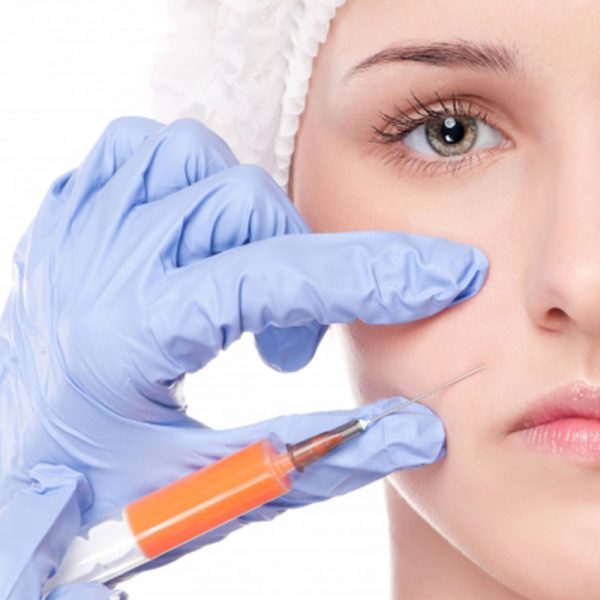
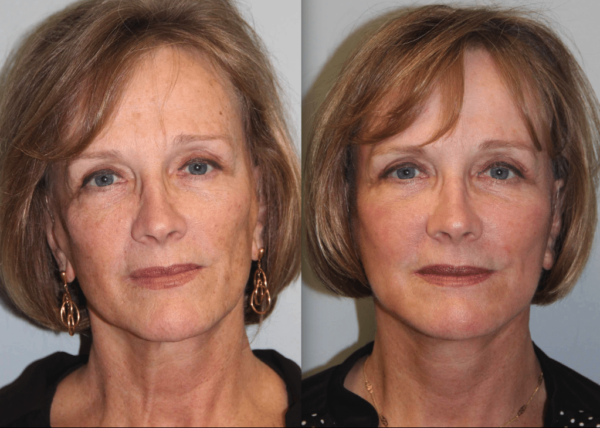

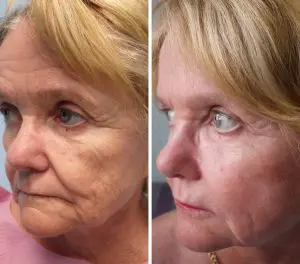
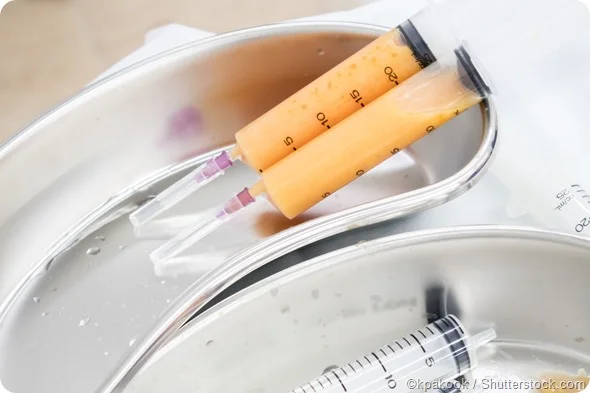
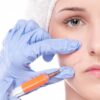


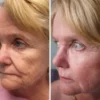
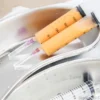

Reviews
There are no reviews yet.